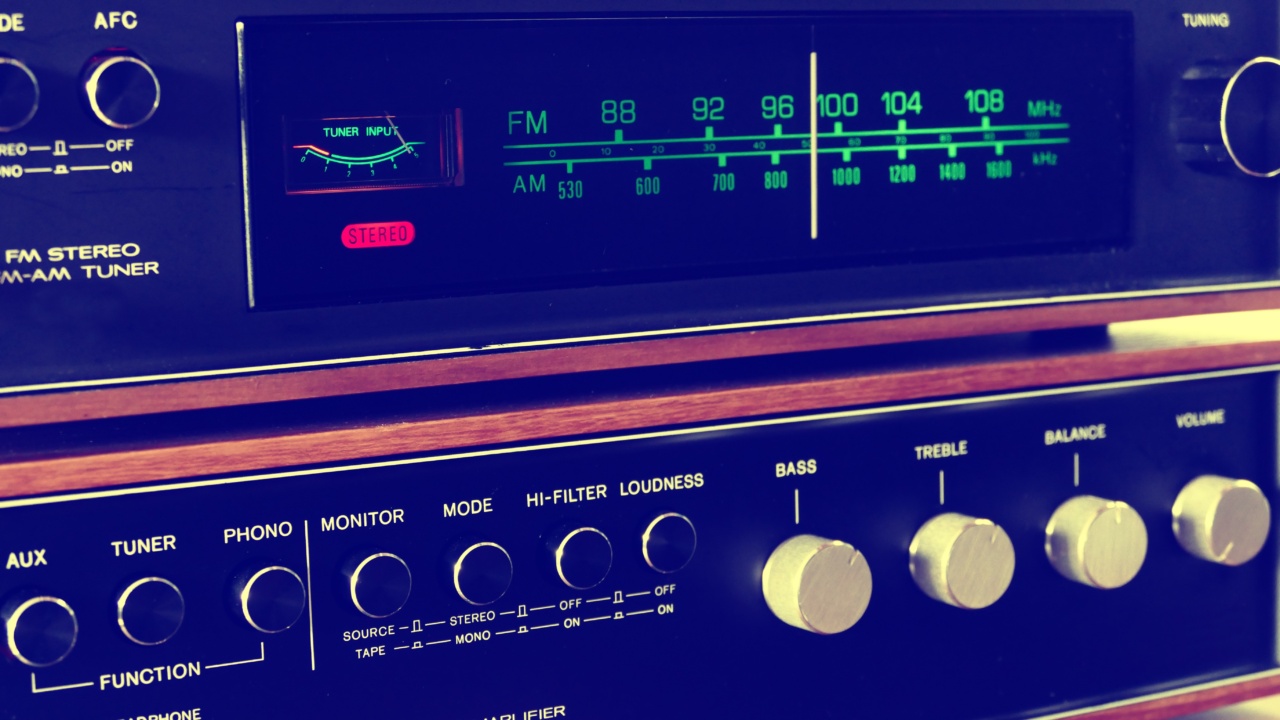Radio Frequency Neurolysis is a minimally invasive procedure that utilizes radiofrequency energy to disrupt nerve function and provide long-term relief from chronic pain.
It involves applying a controlled electrical current to the targeted nerves, which creates heat and destroys the nerve fibers responsible for transmitting pain signals to the brain.
How Does Radio Frequency Neurolysis Work?
During radio frequency neurolysis, a special needle with an electrode is inserted near the affected nerve or nerves under the guidance of fluoroscopy or ultrasound. The electrode is connected to a radiofrequency generator, which produces heat energy.
The generated heat creates a lesion on the targeted nerve, disrupting its ability to transmit pain signals.
The procedure begins with the patient lying on their stomach or back, depending on the location of the affected nerve. The skin is sterilized, and a local anesthetic is administered to numb the area.
The practitioner then guides the electrode using imaging techniques to ensure precise placement near the nerve.
Once the electrode is properly positioned, a test stimulation is performed to confirm the proximity to the nerve and to determine if the patient experiences any temporary pain relief.
If the stimulation reproduces the patient’s typical pain symptoms, the radiofrequency energy is applied to create the lesion.
The heat created by radio frequency energy disrupts the nerve’s ability to send pain signals but does not damage the surrounding tissues or nerves.
Over time, the destroyed nerve fibers are absorbed by the body, resulting in long-lasting pain relief.
Conditions Treated with Radio Frequency Neurolysis
Radio Frequency Neurolysis is particularly effective in managing certain chronic pain conditions. Some common conditions treated with this procedure include:.
- Facet joint pain: Radio frequency neurolysis can provide targeted relief for pain originating from the facet joints in the spine.
- Peripheral nerve pain: This procedure can alleviate pain caused by peripheral nerves such as the occipital, supraorbital, or intercostal nerves.
- Sacroiliac joint pain: Radio frequency neurolysis can help manage chronic pain emanating from the sacroiliac joint, a common source of low back pain.
- Medial branch neuralgia: Medial branch nerves transmit pain signals from the spinal facet joints. Radio frequency neurolysis can disrupt the pain signals originating from these nerves.
- Trigeminal neuralgia: Radio frequency neurolysis can be used as an alternative treatment option for trigeminal neuralgia when medication fails to provide adequate relief.
The Benefits of Radio Frequency Neurolysis
Radio Frequency Neurolysis offers several advantages as a treatment for chronic pain:.
- Non-surgical procedure: It is a minimally invasive approach that avoids the need for open surgery, resulting in reduced risks and complications.
- Long-lasting pain relief: Radio frequency neurolysis can provide pain relief for months to years, improving patient quality of life and reducing the need for continuous medication.
- Targeted pain relief: The procedure specifically targets the nerves responsible for transmitting pain signals, resulting in more effective pain management.
- Safe and well-tolerated: Radio frequency neurolysis has a low risk profile and is well-tolerated by most patients. The use of local anesthesia further enhances the procedure’s safety.
- Minimal downtime: After the procedure, most patients can resume their normal activities within a day or two, without extended recovery periods.
The Radio Frequency Neurolysis Procedure
Prior to the radio frequency neurolysis procedure, patients should undergo a thorough evaluation by a pain management specialist.
The evaluation may include a review of medical history, physical examination, diagnostic imaging, and possibly nerve blocks or injections to precisely identify the source of pain.
On the day of the procedure, patients should be accompanied by a responsible adult who can drive them home afterward.
The procedure is typically performed on an outpatient basis, and patients are usually advised not to eat or drink anything for a few hours before the procedure.
The steps involved in the radio frequency neurolysis procedure include:.
- Preparation: The patient is positioned comfortably, and the skin over the treatment area is cleaned and sterilized.
- Anesthesia: Local anesthesia is administered to numb the skin and underlying tissues, ensuring minimal discomfort during the procedure.
- Electrode placement: Under fluoroscopic or ultrasound guidance, the practitioner inserts a thin electrode through the skin and positions it close to the affected nerve.
- Stimulation test: To confirm the electrode’s proximity to the targeted nerve, a mild electrical current is passed through the electrode, temporarily stimulating the nerve. If the patient’s typical pain symptoms are felt during stimulation, the electrode’s placement is considered accurate.
- Lesion creation: Once the electrode’s placement is confirmed, radio frequency energy is applied through the electrode, creating a small lesion on the nerve that disrupts its ability to transmit pain signals.
- Post-procedure care: The electrode is removed, and a sterile dressing is applied to the insertion site. The patient is then monitored for a short time before being discharged with post-procedure instructions and any necessary pain medication prescriptions.
Potential Risks and Complications
While radio frequency neurolysis is generally safe, there are potential risks and complications associated with the procedure. These may include:.
- Infection: Although rare, there is a minimal risk of infection at the insertion site.
- Bleeding or hematoma: Some patients may experience minor bleeding or develop a hematoma at the electrode insertion site.
- Nerve damage: While radio frequency neurolysis aims to affect targeted nerves, there is a slight risk of unintentional nerve damage.
- Mild discomfort: Temporary soreness or discomfort at the electrode insertion site is common but usually subsides within a few days.
- Thermal damage: In rare cases, excessive heat production during the procedure may lead to thermal damage to surrounding structures such as blood vessels or adjacent nerves.
Recovery and Post-Procedure Care
After radio frequency neurolysis, patients are usually observed for a short period before being discharged. The care instructions may include:.
- Rest: Patients are advised to rest for a short period following the procedure.
- Pain management: Over-the-counter or prescription pain medication may be prescribed to manage any post-procedure discomfort.
- Ice therapy: Applying ice packs to the insertion site can help reduce swelling and discomfort.
- No driving: Patients should avoid driving for at least 24 hours after the procedure due to the effects of anesthesia and possible temporary pain relief that can impair their ability to drive safely.
- No vigorous activities: Strenuous activities should be avoided for a few days to allow the insertion site to heal properly.
- Follow-up appointment: A follow-up visit may be scheduled to monitor the patient’s progress and make any necessary adjustments to the pain management plan.
Conclusion
Radio Frequency Neurolysis presents a promising solution for individuals suffering from chronic pain that does not respond adequately to conservative treatments.
This minimally invasive procedure offers long-lasting pain relief by targeting the specific nerves responsible for transmitting pain signals. With its proven efficacy and minimal risk profile, radio frequency neurolysis has become an increasingly popular option for pain management.






























